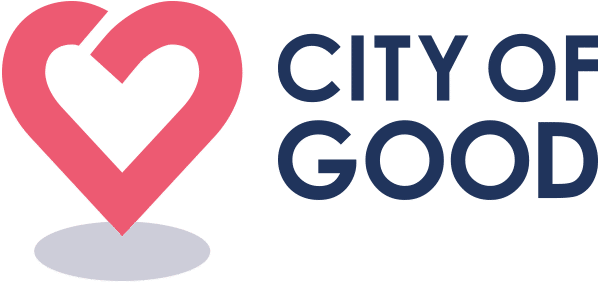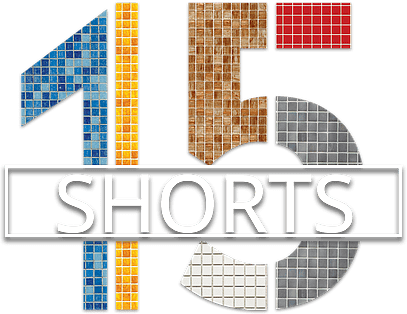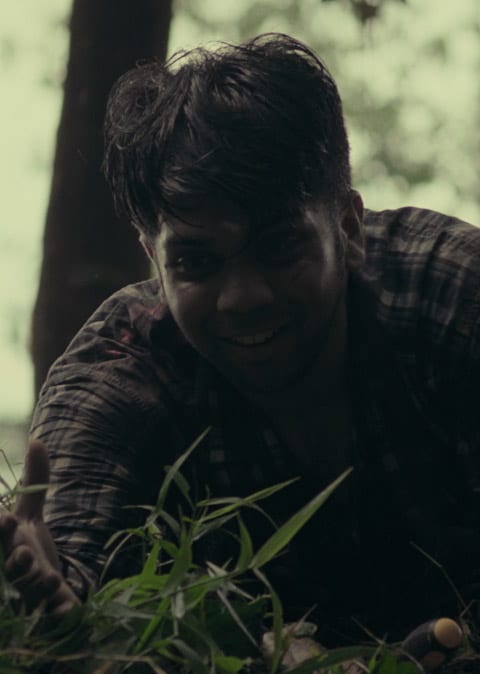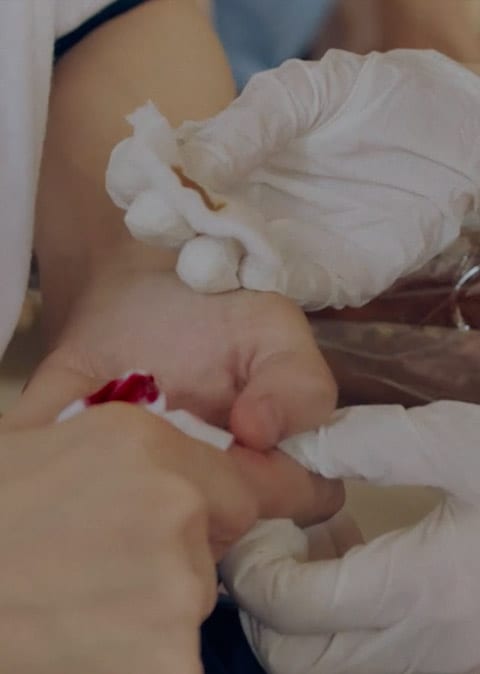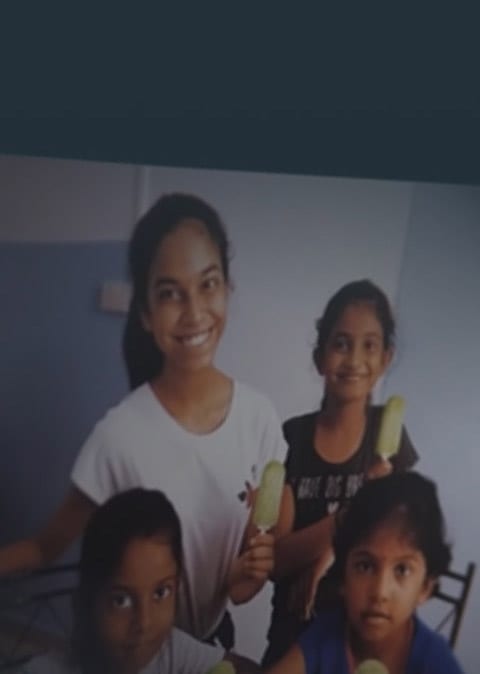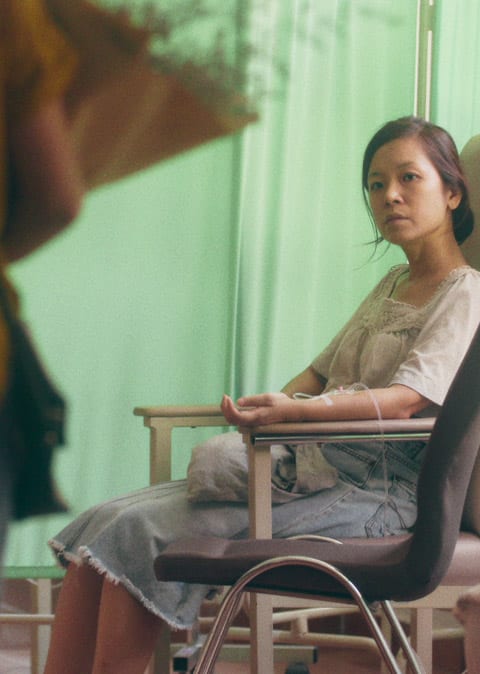There is no greater disability in society than the inability to see a person as more – Robert M Hensel
Understanding ‘Disability’
What do we mean by ‘disability’?
The Singapore government’s Enabling Masterplans define ‘persons with disability’ as “those with substantially reduced prospects of securing, retaining places and advancing in education and training institutions, employment and recreation, due to physical, intellectual, and sensory impairments, as well as developmental needs including Autism Spectrum Disorder”.
In simple terms, disability is anything that impairs a person’s ability to perform day-to-day activities.
And, while we often think of people with disabilities as a separate group, the fact is almost everyone will experience some form of disability, either temporary or permanent, during the course of one’s lifetime, it is part of being human.
So it is vital we learn about and understand what it means to live with disabilities, in order to become more supportive, compassionate and empowering, both as individuals and as a society.
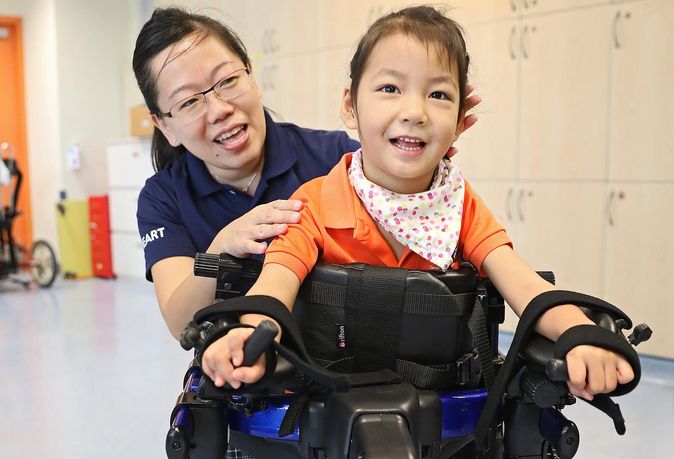
Types of Disabilities
While we may associate the term ‘disability’ with physical infirmity, in today’s world there is a range of issues that come under its umbrella.
There are four main categories of disability:
Physical – This refers to either a total or partial loss of bodily functions, such as the ability to walk or fine motor skills, or a total/partial loss of a part of the body itself. One can be born with a physical disability (muscular dystrophy, cerebral palsy and spina bifida, for example) or acquire one later in life, from an accident or medical condition such as stroke or illness.
Sensory – This refers to an impairment of one or more of the senses, with the most common being visual and hearing impairments. Visual impairment concerns significant loss of sight that cannot be corrected by means of optical lenses, medication or surgery. Deafness, or hearing loss, concerns the partial or complete loss of hearing in one or both ears. There are varying degrees of impairment, for both visual and hearing disabilities.
Developmental – This refers to disabilities related to cognitive and intellectual development, and affecting academic, social and/or practical functioning. Here too, there is a wide spectrum, encompassing a range of issues, from autism to Down’s Syndrome, from dyslexia to mild intellectual disability.
Multiple – This occurs when a person experiences two or more areas of significant impairment – for example, a condition like cerebral palsy, which affects both physical mobility and intellectual development.
It is important to remember:
- No two people with disabilities are alike – there is a wide range of disabilities, they manifest in diverse ways and vary in severity.
- There are disabilities that are visible, and others that are not – physical disabilities are easier to see but some sensory and developmental disabilities are not so obvious.
Living with Disabilities in Singapore
The Singapore government reports that 2.1% of the student population and 3.4% of 18-49 year olds are people with disabilities, with the numbers rising to 13.3% for those 50 years and older. That’s a sizeable proportion of the population, absorbing a disability while living life and going about the daily routine of education, work, family life and recreation.
And while human beings are amazingly adaptable and resilient in the face of difficulty – nevertheless, it is important to learn about the challenges and issues faced by people with disabilities, to better understand where and how we can improve as a society.
Social Challenges
A survey conducted by the National Council of Social Services in 2016 found that 62% of people with disabilities did not feel included or accepted, and felt that they lacked opportunities to reach their potential and contribute to society.
That’s the majority of people with disabilities feeling like they do not belong, in their own country, with their own people.
Some of the main social challenges are:
- Bullying and Abuse
Due to the lack of public awareness and education on disabilities, there remains significant stigma associated with having a disability, which often leads to subtle and not so subtle bullying – from unkind and thoughtless remarks, to deliberate persecution, shaming and harassment.
This is worse if the bullying is taking place in the home, by family members and caregivers. Abuse of people with disabilities in the home has been on the rise in the past decade. People with disabilities also often cannot recognise or articulate bullying or abuse, are reluctant to escalate any conflict, or are afraid of not being believed as the perpetrator is a caregiver in a position of power, so they are especially vulnerable. Children with disabilities are particularly easy targets for school bullies.
Unfortunately, resources to deal with bullying and abuse are sorely lacking. There is not enough support for victims, parents and teachers, nor do many social service organisations focus on this issue.
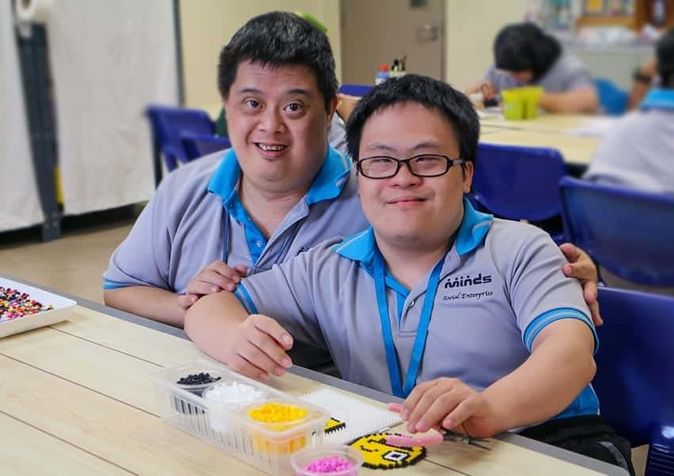
2. Social inclusion and Stigma
The lack of public awareness and information about disability also leads to a lack of understanding of the needs and concerns of people with disabilities. People with disabilities are often not consulted or included in the planning of services, facilities and resources, or are excluded at work and in the school. Often, the effort is focused on bringing them into the mainstream environment, rather than including and engaging them in those efforts.
This exclusion is a form of discrimination and a widespread form of stigma that is subtler than bullying and abuse but has an equally significant impact.
From special needs children not being accepted in pre-schools, to students with intellectual disabilities not having typically developing friends, to employers unwilling to employ people with disabilities, the discrimination is at every level.
Practical challenges
- Independence
The single most important area identified by people with disabilities is independence. Living independently, employment, financial viability, having control over choices and information – sounds simple enough, but isn’t.
Housing options for people with disabilities who want to live separately from their families are limited to community group homes and adult disability hostels and homes, while those who live with caregivers have access to a small number of programmes and activities at day service centres. Demand far outweighs supply for these services, and the waiting lists are long.
Financial independence is often not viable for people with disabilities, either due to the severity of the disability or the reluctance of employers to hire them. The employment rate for people with disabilities is dismally low, only 0.1% of the private sector workforce. As a result, long term financial needs and management often is a concern, particularly when caregivers are aging.
2. Accessibility
Ever phoned a bank or internet provider to ask a question?
The chances are, even if it was frustrating and took a while, you had no trouble navigating the various menus and talking to an operator.
For someone hearing impaired in Singapore, however, this would have been difficult – because many banking institutions and service providers do not have accommodations for those with hearing loss on their customer service hotlines.
One of the biggest practical challenges for people with disabilities is accessibility.
This doesn’t just mean building more ramps and installing lifts at MRT stations. It means access to facilities, buildings and transport, but also providing services and resources that make it easier for people with disabilities to function – appropriate assistive technologies in the school or workplace, for example, that would help computer access for the visually impaired.
So what’s being done?
The Singapore government has moved towards a more inclusive approach, by upgrading physical infrastructure in public transport and facilities, improving accessibility to government run facilities, enacting legislation to support guide dogs on public transport, food establishments and toilets of licensed premises, and initiating competitive sports training and development programmes for people with disabilities.
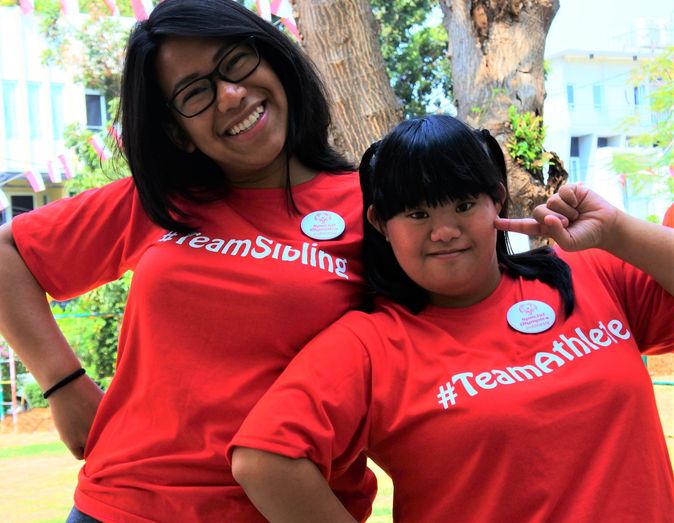
There are also a number of non-profit organisations in Singapore offering services and programmes to support people with disabilities, including:
MINDS’ mission focuses on advancing the development, wellbeing and aspirations of people with intellectual disabilities, through empowerment and advocacy. They offer a wide range of services, from schools for children aged 7 – 18, a special student care centre, various employment, training and development and social enterprise programmes for adults, as well as support for caregivers.
SPD works with people of all ages, who have physical, sensory and learning disabilities, focusing on maximising their potential and providing support to help them integrate into mainstream society. They run a variety of programmes, from early intervention, therapy, vocational training, assistive technology, day care, as well as educational and employment support.
A newer charity, Extraordinary People Limited works to support individuals and children with special needs, providing several programmes and services like art psychotherapy, music therapy, speech and language, and occupational therapy, caregiver support and financial assistance.
The Autism Association is dedicated to supporting individuals on the autism spectrum, with the mission of helping them maximise their potential and lead meaningful lives. They run a children’s centre, a school, a centre for adults and an activity centre, each with its own specialised set of programmes designed with the needs of each age range in mind. Children’s programmes include language and communication skills, behavioural and self-regulation skills, and social interaction and play skills; adult programmes include daily living skills, vocational work skills and personal health and fitness skills.
The above are just a few of the organisations supporting people with disabilities – however, the support is just not enough.
Many areas remain unaddressed or under-resourced – for example, there is no programme or service specifically for children with special needs who face bullying in school. Teachers and those engaging with people with disabilities need to be better trained and educated to improve their understanding of the issues faced by people with disabilities. The needs of those with developmental disabilities are often disregarded, as these are not always outwardly obvious.
In a nutshell, while things are being done, there is much, much more that could be done.
What can you do?
This is where you come in.
You can make a difference by doing three simple things:
- Educate yourself
Take the time to learn more about disabilities, before making assumptions, and open your mind to understanding more about the issues and challenges.
- Be inclusive, not just in speech but in action
Actively choose to engage people with disabilities, by providing opportunities, consulting and interacting, and choosing respect every time.
- Support a non-profit organisation providing services and resources
Organisations are always in need of funding and support for such programmes, so your donation, sponsorship or volunteering could go a long way to helping out.
Do your part to make Singapore more understanding and inclusive.
Be the change.
References/Resources:
(1) Issues faced by People With Disabilities in Singapore (https://nvpc.org.sg/wp-content/uploads/2020/10/NVPC-PWD-Issue-Deck.pdf)
(2) Giving.sg (https://www.giving.sg/disability)
(3) SPD Facts & Figures (https://www.spd.org.sg/about-us/disability-facts-figures/)
(4) SG Enable (https://employment.sgenable.sg/about-us/what-is-disability/#:~:text=Physical%20disability%20refers%20to%20either,a%20part%20of%20the%20body.)
(5) The World Health Organisation (https://www.who.int/health-topics/disability#tab=tab_1)
(6) Respectability.org (https://www.respectability.org/inclusive-philanthropy/how-to-include-people-with-disabilities/)
